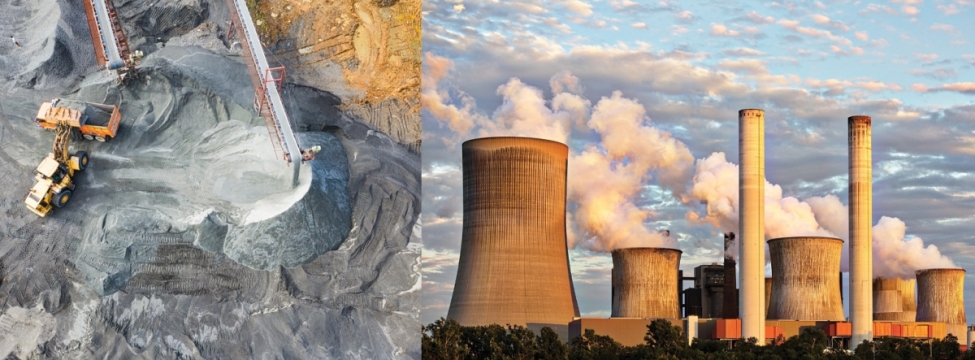To serve you better, our new website displays information specific to your location.
Please visit the site and bookmark it for future use.
You are here
SRK Kazakhstan ›Changing paradigms in legislation in Russia and Kazakhstan
|
Download A4 | Letter |
SRK News | Issue 59:
Environmental & Social Services
Ekaterina Marakanova, Senior Environmental Consultant
Countries that were formerly part of the Soviet Union have environmental legislation with distinct interpretations of environmental management principles compared to the rest of the world. An example is the interpretation of the polluter-pays principle, which focuses on payments to government for pollution (emissions, discharges and wastes).
Challenges associated with this interpretation were that attention was not focused on technology to prevent pollution and payments to government were not routinely invested in environmental protection. In addition, the approach to impact assessment was not focused on understanding actual impacts on people and the environment. Furthermore, the pollution payments often did not materially impact profitability (excluding waste disposal). Kazakhstan and Russia are now introducing the concept of best available technology (BAT).
In Kazakhstan the government is in discussions with industry about how to align BAT with current pollution control paradigms or standards. Many mines argue that, if the pollution payment system is to continue in Kazakhstan, it should be applied so that it is not administratively burdensome and so some of the revenue is invested in environmental management, including developing industry guidelines supporting best practices.
SRK notes that evolving the BAT paradigm in Kazakhstan is not yet fully aligned with international best practices. The unique setting of each operation does not have to be well defined and the selection of controls to manage impacts and risks are not based on robust impact and risk assessments proving these are BAT.
Russia started implementing BAT in 2014 by creating the Best Available Technology Bureau, which has developed information and technical reference books (ITB) taking into account Russian practice, settings and international BAT. All facilities were split into four categories (I – significant, IV - minimal negative environmental impact). The category defines the level of state control and the scope of environmental monitoring. Category I projects are subject to BAT implementation including mining and processing facilities.
Different technological standards are set for each industry based on the amount of marker substances in the emissions and discharges per unit of output/time. The technological standards were developed jointly by companies and the Bureau, and it seems that some parameters, under the influence of the companies, were not added.
Starting from 1 January 2020, where BAT is implemented, a zero factor will be used to calculate the charge for the emissions and pollutant.
A hindrance to implementing BAT in Russia is the absence of supporting methodical legislation. This leads to different interpretations of laws by authorities in different regions. No road map has been created for implementing BAT by companies, but authorities already require results. New regulations, decrees and environmental permits are issued every week and companies cannot keep up with them. The environmental specialists are more engaged in preparing documents than actual impact assessment.
Ekaterina Marakanova: emarakanova@srk.ru.com


